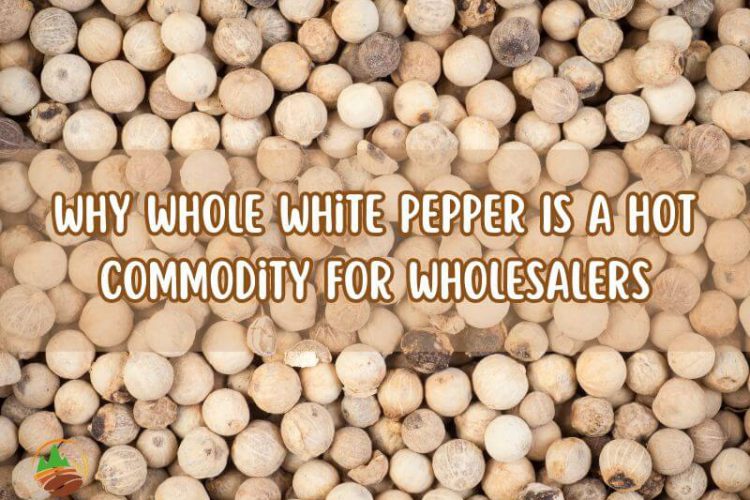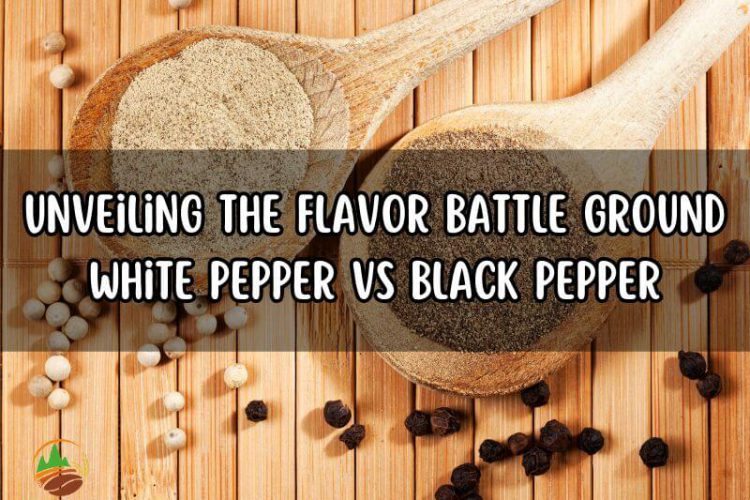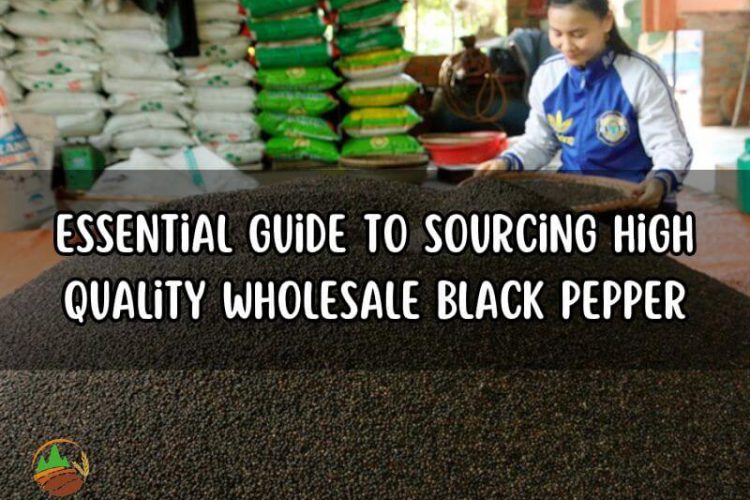Cinnamon, or regular cinnamon, is commonly known as Ceylon cinnamon. Saigon cinnamon, another name is Vietnamese cinnamon, is extracted from the bark of the cassia tree. Both cinnamon vs Saigon cinnamon delightful spices differ significantly in taste, cost, coumarin content, and more, providing a diverse range of sensory experiences for your indulgence.
Table of contents
- 1. Significant differences between cinnamon vs Saigon cinnamon
- 2. Detail explanations for typical differences of cinnamon vs Saigon cinnamon
- 2.1. The difference in color, size, fragrance and flavor between cinnamon vs Saigon cinnamon
- 2.2. The difference in oil level, moisture content and coumarin between cinnamon vs Saigon cinnamon
- 2.3. The difference in storage time between cinnamon vs Saigon cinnamon
- 2.4. The difference in raw material areas and quantity between cinnamon vs Saigon cinnamon
- 2.5. The difference in health benefits between cinnamon vs Saigon cinnamon
- 3. Famous suppliers of cinnamon vs Saigon cinnamon that you should know
Significant differences between cinnamon vs Saigon cinnamon
Is Saigon cinnamon the same as regular cinnamon? The answer is no, Saigon cinnamon and regular cinnamon derived from distinctive cinnamon species which are Cassia cinnamon and Ceylon cinnamon, respectively. And here are some significant difference between Saigon cinnamon and regular cinnamon:
- The difference in color, size, fragrance and flavor between cinnamon vs Saigon cinnamon
- The difference in oil level, moisture content and coumarin between saigon cinnamon vs regular
- The difference in storage time between cinnamon vs Saigon cinnamon
- The difference in raw material areas and quantity between saigon cinnamon vs regular
- The difference in health benefits between cinnamon vs Saigon cinnamon
- The difference in average cost between saigon cinnamon versus regular cinnamon
You can read more about the differences between cinnamon species such as what is the difference between ceylon cinnamon and cassia cinnamon to get to know more about cinnamon, which is necessary if you’re considering trading cinnamon.

Detail explanations for typical differences of cinnamon vs Saigon cinnamon
In the upcoming section, we will delve further into the disparities existing between cinnamon vs Saigon cinnamon.
The difference in color, size, fragrance and flavor between cinnamon vs Saigon cinnamon
The visual aspect can have a notable impact on your decision-making when selecting between cinnamon vs Saigon cinnamon.
| Regular cinnamon | Saigon cinnamon | |
| Color | Light tan to light brown color with a hint of reddish tones | Darker reddish-brown color, which can be more intense and vibrant |
| Size | Thin and delicate, with a layered, papery texture | Thicker, denser, and more robust, more substantial and chunkier |
| Fragrance | Subtly sweet and citrusy fragrance, which is delicate and aromatic | Sweet and spicy aroma |
| Flavor | Sweet taste with subtle notes of citrus and clove | Rich, bold, and slightly sweet, heat and a potent spicy kick |
- Regular cinnamon, mostly known as premium Ceylon cinnamon, is frequently favored for decorative use and as a coloring agent due to its lighter hue and delicate visual appeal. Additionally, the smaller size of regular cinnamon facilitates convenient transportation, whereas the bigger size of Saigon cinnamon is more likely to shatter upon delivery.
- Deciding between cinnamon and Saigon cinnamon is a matter of personal taste. Saigon cinnamon delights with its robust, spicy aroma and sweet, clove-like flavors, which satisfies those seeking a strong and powerful cinnamon experience. Meanwhile, regular cinnamon (such as Ceylon cinnamon) offers a gentle, sweet aroma with subtle hints of citrus and mild spiciness, which blends well for delicate flavor enhancement. Your choice should be guided by the level of fragrance and flavor intensity you desire.

The difference in oil level, moisture content and coumarin between cinnamon vs Saigon cinnamon
The differences in oil level, moisture content, and coumarin between cinnamon and Saigon cinnamon are as follows:
| Regular cinnamon | Saigon cinnamon | |
| Oil content | 0.5-2.5%. | 2-6% |
| Moisture | 8-10% | 12% |
| Coumarin level | 0.4-1% | 0.5-3% |
- Oil level: Saigon cinnamon generally contains a higher oil level compared to regular cinnamon. Saigon cinnamon tends to have a higher oil content, which results in a more concentrated and potent essential oil. The higher oil content in Saigon cinnamon contributes to its strong aroma and flavor, making it a preferred choice for oil extraction purposes. However, Ceylon cinnamon oil is still highly sought-after due to its quality.
- Moisture content: Regular cinnamon typically has a lower moisture content compared to Saigon cinnamon. The lower moisture content helps in preserving the cinnamon sticks for longer periods and contributes to their stability.
- Coumarin: Coumarin is a natural compound found in certain plants, including cinnamon. Saigon cinnamon generally contains higher levels of coumarin compared to regular cinnamon. Coumarin, when consumed in large amounts, can have potential health concerns. Therefore, individuals who are more sensitive to coumarin or have specific dietary restrictions may prefer Ceylon cinnamon, which usually has lower coumarin levels.

The difference in storage time between cinnamon vs Saigon cinnamon
| Regular cinnamon | Saigon cinnamon | |
| Shelf life | 2 to 3 years | 18 – 30 months |
| Preserve method | To preserve both Ceylon cinnamon and Saigon cinnamon, store them in a cool, dry place in airtight containers, away from direct sunlight. Check for freshness regularly by inspecting their appearance, aroma, and taste. | |
When it comes to storage time between cinnamon vs Saigon cinnamon, regular cinnamon has a somewhat longer shelf life than Saigon cinnamon. This is mostly due to its lower oil level, which helps to a longer retention of its flavor and scent. Ceylon cinnamon can be maintained effectively, avoiding contact from air, for around 2 to 3 years, whereas Saigon cinnamon can be stored correctly for a period of 18 to 30 months.
The difference in raw material areas and quantity between cinnamon vs Saigon cinnamon
Saigon cinnamon is far more abundant than Ceylon cinnamon in terms of quantity:
| Regular cinnamon | Saigon cinnamon | |
| Cultivation part | Sri Lanka | Vietnam |
| Quantity | Around 24000 metric tons | Around 46000 metric tons |
Cinnamon Saigon is farmed on an 81,000-hectare scale in Vietnam, but Ceylon cinnamon is grown on a smaller territory of approximately 25,500 hectares in Sri Lanka. In terms of global output in 2021, Saigon cinnamon is expected to exceed Ceylon cinnamon, which produced roughly 24000 metric tons. If you’re seeking for an easily available, low-cost cinnamon cultivar with an extensive output, Saigon cinnamon is the way to go.

The difference in health benefits between cinnamon vs Saigon cinnamon
| Regular cinnamon | Saigon cinnamon | |
| Health advantages |
Both types of cinnamon contain compounds with antioxidant and anti-inflammatory properties. They may help regulate blood sugar levels, improve heart health, and support digestion |
|
| Liver impact | Safe for the liver | Overdose of cassia cinnamon can be toxic to the liver |
Ceylon and Saigon cinnamon both have prospective advantages for health. However, it is crucial to note that excessive use of Saigon cinnamon might be harmful to the liver. Ceylon cinnamon, on the contrary, contains lower quantities of coumarin, which renders it more suitable for long-term use.
The difference in average cost between cinnamon vs Saigon cinnamon
| Regular cinnamon | Saigon cinnamon | |
| Referral cost | $10000 to $25000 per ton | $2830 to $6320 per ton |
The cost at the wholesale level of Saigon cinnamon in December 2022 varies between $2580 and $6840 per ton. In comparison, wholesale Ceylon cinnamon costs between $15000 and $27000 per ton, which is around three to four times the price of Saigon cinnamon.
Ceylon cinnamon is much more expensive than Saigon cinnamon due to its limited availability, labor-intensive processing methods, and higher demand for its subtle flavor and aroma. Strict quality standards and certifications also contribute to its higher price.

Famous suppliers of cinnamon vs Saigon cinnamon that you should know
Below are some trust-worthy Saigon cinnamon versus regular cinnamon suppliers that you can rely on:
- Hanoi Cinnamon: Hanoi Cinnamon is a well-known cinnamon supplier in Saigon. They have risen to prominence in the industry as a result of their commitment to high-quality products and their early entry into the cinnamon market for export. Working together with Hanoi Cinnamon can bring in substantial profits for wholesalers due to their competitive pricing practices.
- Vina Samex: Vina Samex is a well-known manufacturer of Saigon cinnamon with over a century of experience. They obtain cinnamon from farmers in the Mekong Delta and attain excellent quality standards through sophisticated quality control measures. Because of their large range of producers and suppliers in Vietnam, they are granted access to premium-grade cinnamon. Vina Samex is committed to meeting global standards and rigorous quality control.
- Dilas International Private Limited has been supplying Ceylon cinnamon oil for over two decades. They obtain their cinnamon from southern Sri Lankan growers, emphasizing high-quality items. Their wide vendor and grower network enables them to deliver outstanding cinnamon while adhering to stringent inspection requirements.
- Pvt. Ltd. K P Somadasa & Company: K P Somadasa & enterprise is a well-known Sri Lankan enterprise that specializes in cinnamon production and global distribution. With over twenty-five years of business experience, the company has consistently provided upwards of sixty countries. Their cutting-edge manufacturing facilities enable them to offer a diverse choice of cinnamon flavors to their customers.






